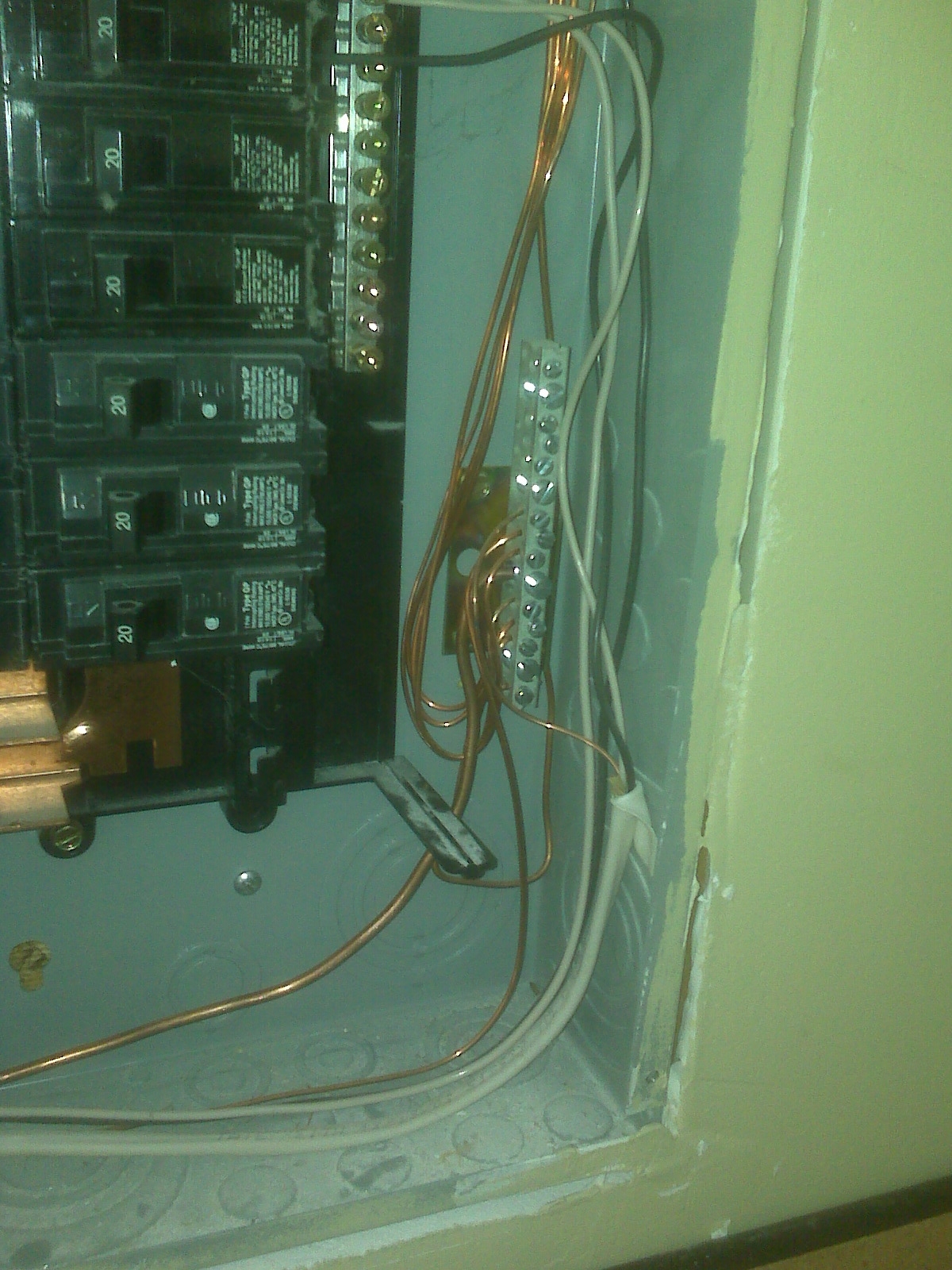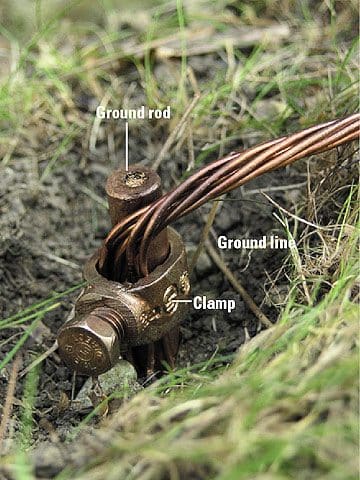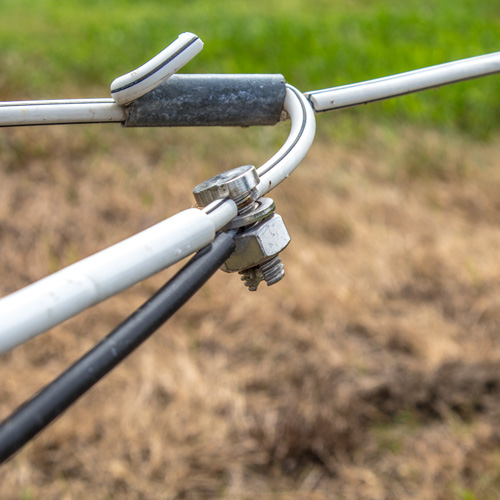

Now, RUS, and any other service provider for that matter, can certainly establish any requirements they see fit. The local inspector will follow the NEC® and will accept 14 AWG (or coarser gauge). So, while it is true that the 2012 NESC® Rule 99B was changed to require a 6 AWG bonding / grounding conductor this change should not affect the typical station installation requirements for NIDs and ONTs. So, if we accept the fact that the NID and ONT fall under the purview of the NEC® then we would conclude that only a 14 AWG bonding / grounding conductor is required at the protector or NID. Dividing line between the NEC® and the NESC® Therefore the NID (for plain old telephone service) and ONT (for triple play service) fall under the jurisdiction of the NEC®.įigure 1.

Then, in the figure, the primary protector, NID and ONT would fall between the power service equipment (electric power meter) and the utilization equipment or load. While figure 1 and NESC® figure 011-1, show the division between the Codes based on electrical facilities, one can apply similar logic to telecommunication facilities. By the way, Figure 011-1 from the 2012 NESC® shows the applicability of both codes in a similar manner. So, half of the power service drop would be under the NEC® and the other under the NESC®. In many jurisdictions (but not all) the dividing line is half-way between the power transformer and the power service meter. This last one is the one had had the most errors. Two of these problems dealt with bonding and grounding PROBLEM #3: Bonding and grounding issues and PROBLEM #4: The Network Interface Ground. The original December column pointed out 5 problems that could affect the bandwidth associated with triple play service.

So, we are back to square one so to speak! Further, the March column included quotes from 5 or 6 NEC® articles without explanation as to their applicability to bonding and grounding and/or their similarities or differences, if any, to the NESC®. These sentences are not entirely correct either. Usually the codes agree, but this year because they are published at different times they are not identical. The point where these two codes come together is the NID, including grounding of the NID. To aggravate things more the recent March 2012 issue stated that,
#WHAT GAUGE WIRE USE TO CONNECT TO GROUND ROD CODE#
The February 2012 column had some comments from Bob Olgeirson about which Code was used, or should have been used, that really did not clarify much so the confusion remained. This led to errors in the citations and references made and their application. The National Electrical Code (NEC®) and the National Electrical Safety Code (NESC®) were used almost interchangeably. The December 2011 column had, in my opinion, several errors.

Percy Pool, a protection engineer, to be particularly insightful, and I want to share his entire, well-considered opinion on this topic. My two-part column on this topic drew many, many responses, so thank you to all of you readers and to those who responded. The issue of bonding and grounding is critical to effective outside plant, and particularly when broadband or Triple Play is implemented.


 0 kommentar(er)
0 kommentar(er)
